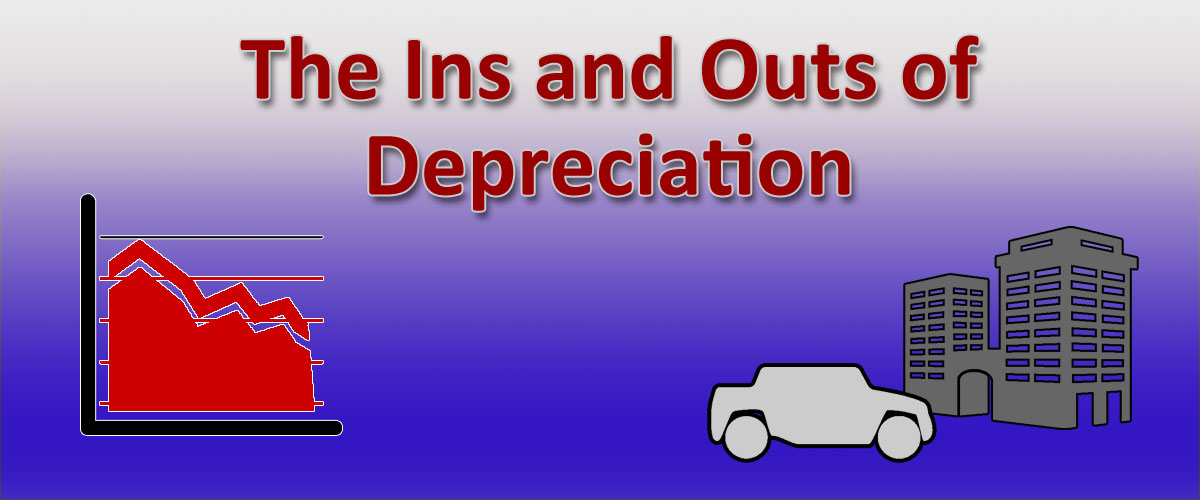The Ins and Outs of Depreciation

Business depreciation is an income tax deduction that allows small business owners to recover losses from property. Knowing how to claim depreciation, what the IRS requires, and the best ways to file can help save your business money come tax time.
What Is Depreciation?
Depreciation is essentially an allowance for typical wear on your business’s property that is based on the government’s Modified Accelerated Cost Recovery System (MACRS). It covers items such as vehicles, machinery, furniture, and other equipment or physical property. Depreciation can also apply to nontangible property, such as copyrights and software. The only real exception to property depreciation is land.
How Do I Claim Depreciation?
The property must meet IRS requirements to claim depreciation. Requirements include ownership, use of the property for business-related purposes, and a “determinable useful life of more than one year.” If you also make personal use of your business property, you can only claim deductions for the business-related portions.
If your property meets the requirements, use Form 4562 to file a depreciation claim as part of your business’s tax return. You can find instructions on how to complete the six-section form on the IRS website.
What Else Should I Know About Depreciation When Filing?
Filing a tax deduction for depreciation can be tricky, but many helpful resources are available. The IRS provides a useful guide to property depreciation that you want to have on hand when preparing your taxes. Also, think carefully about any property that might qualify for depreciation. Buildings or heavy machinery are obvious examples, but even items like computers and cell phones can be depreciated if they meet IRS requirements.
As with all tax deductions, it’s important to have ample documentation—such as original purchase receipts and improvement costs—to support claims for depreciation. Consider working with a tax professional to ensure that all your paperwork is in order.

Leave a Reply